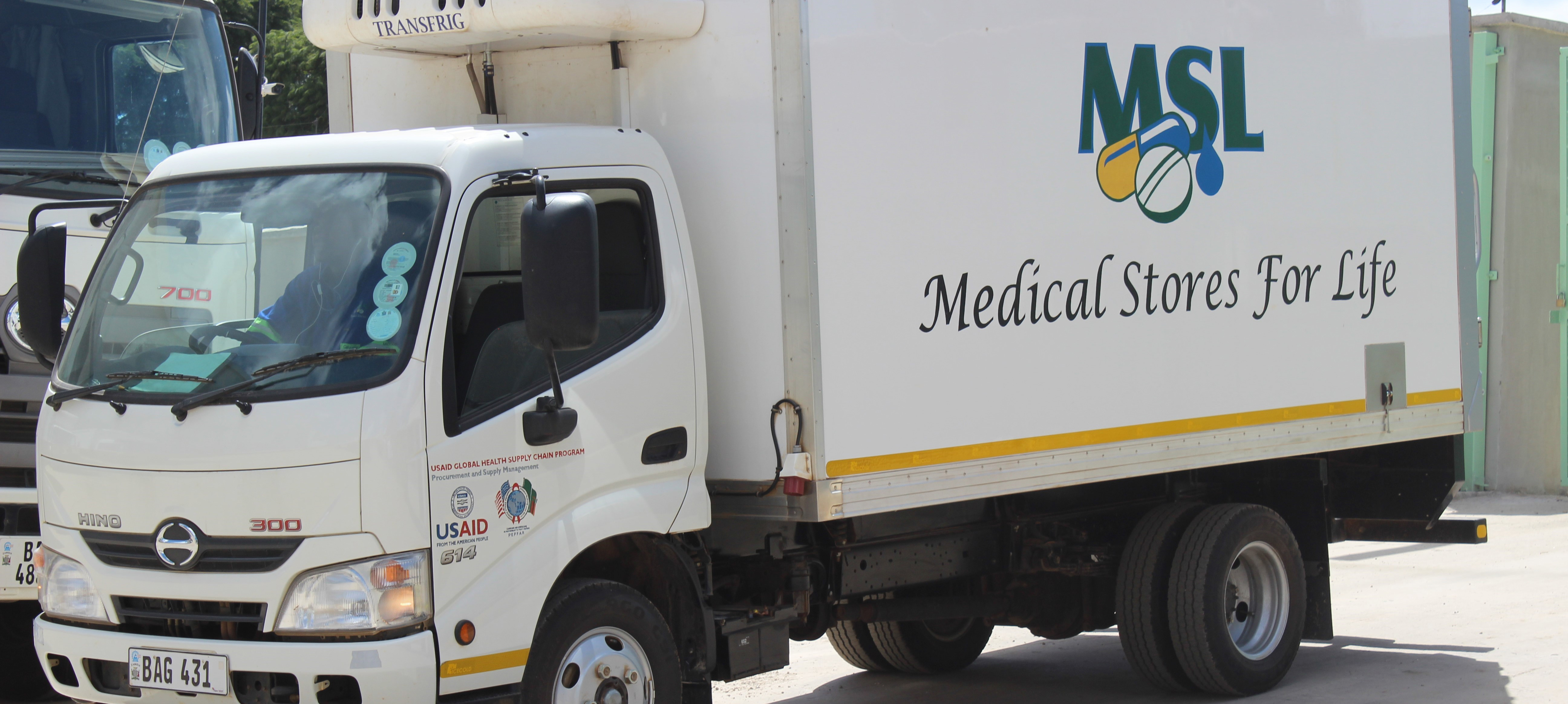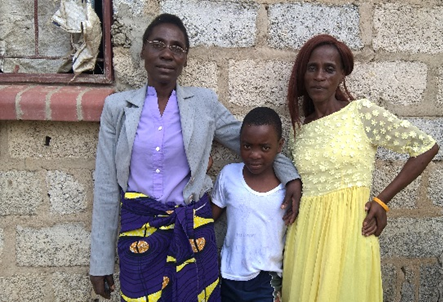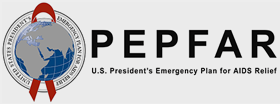Now 48 years old, Catherine accesses her TLE from George Clinic in Lusaka, where she and six others formed a support group. She remarried in 2004 to a man who is also living with HIV, and together they have two children who are 10 and 9 years old, both HIV negative. “My life is totally changed. I am strong and able to work. Thanks to the government and the donors who continuously provide these ARVs for free.”
Catherine is a source of encouragement to people living with HIV and who plan to have children, including her own family, who speak more openly when there is illness within the family. Her sister was encouraged by Catherine’s boldness and sought out an HIV test for herself. She tested positive, and is now receiving life-saving HIV/AIDS treatment as well.
Beyond ARVs, other commodities such as laboratory tests are also critical for patients with HIV. One such recipient of quality laboratory tests is Ruth Nyambe, a farmer living with HIV in Mpango village in Chongwe District, Zambia. Ruth tested positive for HIV and began treatment in 2008 after she fell ill and was admitted to a hospital. During the worst of her illness she could not work and was therefore unable to economically support herself or her family.
While ARVs helped save Ruth’s life, laboratory tests played a critical role in helping her get well enough to participate in life again. Initially her CD4 (a type of blood cell key to fighting infections) count was low, but the clinic supported Ruth with food supplements to improve her diet. Before long, Ruth’s CD4 count rose, greatly improving her health and enabling her to help support her family. Ruth again became financially productive, growing maize and selling it to Zambia’s Food Reserve Agency.
Ruth is grateful to the Chongwe District Health Centre because of the uninterrupted supply of her antiretroviral drugs. “I am very happy because I can do what I could not do before because the drugs keep me healthy,” she said. Ruth encourages others, “don’t be afraid, this disease is just like malaria. Go to the hospital and do the tests, it will save your life.”




